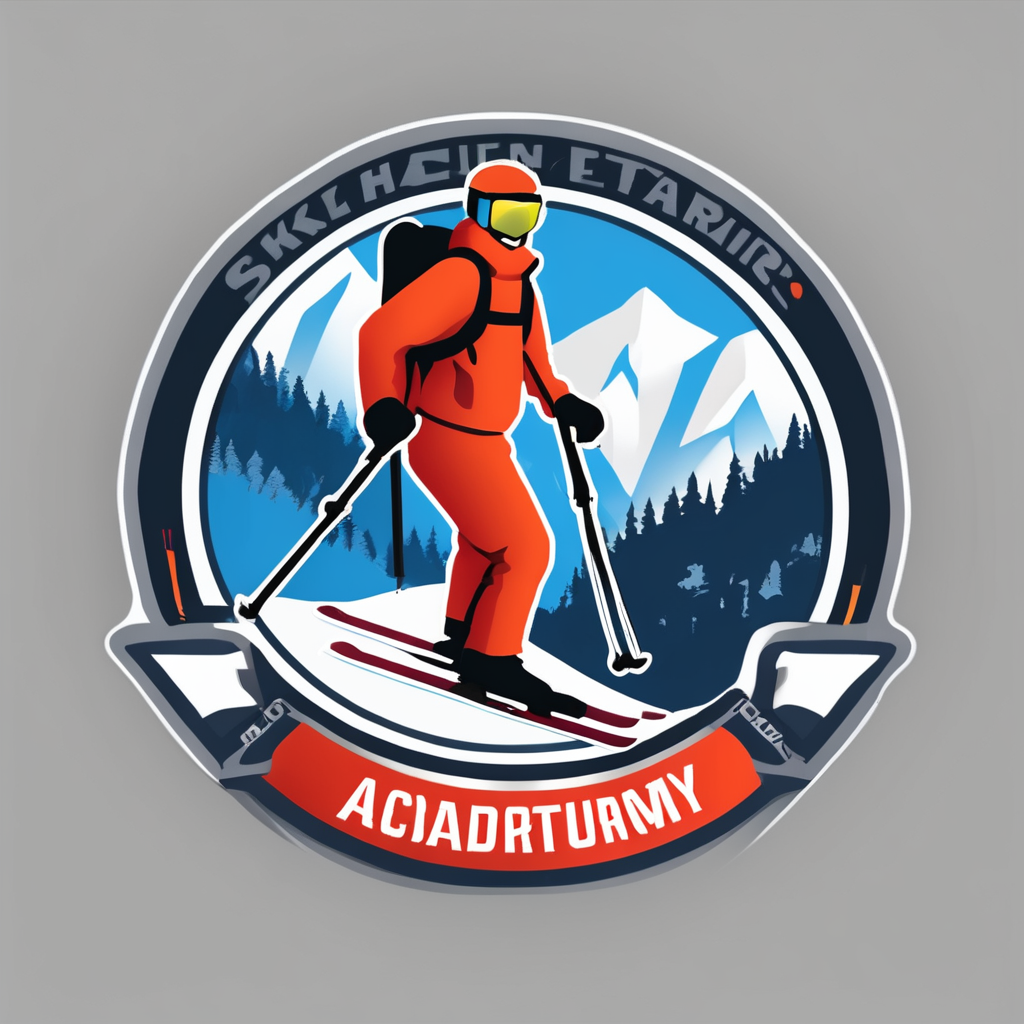Essential Tire Pressure Recommendations for UK Cobblestone Riding
Navigating the unique challenges of UK cobblestone streets demands careful attention to sport bike tire pressure. The recommended PSI must strike a balance between performance, comfort, and safety on these uneven surfaces. Experts suggest slightly lower tire pressures than those used on smooth roads, typically in the range of 30-32 PSI for sport bikes, to improve traction and shock absorption without compromising handling.
Correct tire pressure dramatically impacts ride quality; underinflated tires risk poor responsiveness and increased wear, while overinflation leads to harsh vibrations and reduced grip on shifting cobblestones. Adjusting to the UK’s cobblestone conditions means a modest drop from standard highway pressures helps maintain the right tire contact patch, improving stability and rider comfort during abrupt surface changes.
Also read : Comprehensive handbook for secure sport bike towing across uk highways: key tips for a hassle-free trip
For riders prioritizing safety and consistent performance, following these recommended PSI guidelines tailored to UK cobblestone terrain is crucial. This adjustment enhances cornering control and minimizes slip risks, ensuring that comfort doesn’t come at the cost of safety on these historic yet demanding roads.
Key Factors Affecting Tire Pressure Choices
Selecting the appropriate sport bike tire pressure for UK cobblestone riding depends on several critical factors. Primarily, rider weight plays a significant role. Heavier riders or those carrying a passenger often require slightly higher recommended PSI to maintain tire stability and prevent excessive squirm on uneven surfaces. Conversely, lighter riders can safely opt for pressures on the lower end of the spectrum for improved comfort and grip.
Also read : Essential safety strategies for mounting action cameras on sport bikes in the uk
The specific bike type and tire construction also influence the ideal pressure. Sport bikes with stiffer suspensions or high-performance tires may tolerate slightly higher PSI, while models designed for touring or aggressive street riding might benefit from more flexible pressure adjustments to better absorb cobblestone impacts.
Additionally, weather factors in the UK, such as frequent rain and cooler temperatures, affect tire pressure. Lower temperatures reduce tire pressure naturally, so riders should compensate by checking and adjusting PSI regularly. Regional variations in cobblestone conditions—ranging from well-maintained to highly uneven surfaces—also necessitate tailored pressures. Considering these variables ensures optimal performance, comfort, and safety when riding on UK cobblestones.
Essential Tire Pressure Recommendations for UK Cobblestone Riding
Achieving the optimal sport bike tire pressure on UK cobblestone streets requires careful calibration of the recommended PSI to balance performance, comfort, and safety. Experts suggest maintaining tire pressures between 30-32 PSI, slightly lower than standard road settings, to enhance the tire’s contact patch on uneven cobblestones. This adjustment improves surface traction without compromising tire handling characteristics.
Correct PSI significantly affects safety by reducing the risk of tire slippage and punctures on irregular surfaces. A well-chosen pressure absorbs shocks from cobblestone vibrations, boosting rider comfort and preventing premature tire wear. Overinflated tires diminish grip, making cornering hazardous, whereas underinflation can cause excessive tire deformation and instability.
For sport bikes, adhering to these pressure ranges recommended for UK cobblestone riding ensures consistent performance while protecting rider safety. Regular tire pressure checks and adjustments are essential, particularly as temperature shifts influence PSI. This proactive approach maintains the ideal balance, enabling riders to confidently navigate historic and challenging cobblestone roads with enhanced control and comfort.
Practical Tire Pressure Adjustment Steps
Ensuring correct sport bike tire pressure begins with accurate tire pressure check and adjustment routines tailored for UK cobblestone conditions. Riders should use reliable digital or dial pressure gauges for precise PSI readings. Checking pressure when tires are cold—before riding—provides the most accurate baseline, as heat from riding raises tire pressure temporarily.
Start by removing the valve cap and placing the gauge firmly on the valve stem to avoid leaks. Compare the reading to your recommended PSI for UK cobblestone use, typically 30-32 PSI. If pressure is low, use a quality inflator or portable air pump to add air gradually. Conversely, release air carefully if overinflated, aiming for the ideal balance of performance, comfort, and safety.
Regular checks are essential, especially given the UK’s fluctuating temperatures which affect tire pressure daily. Adjust sport bike tire pressure before long rides on cobblestones and after extended parking periods. This hands-on care maintains optimal tire contact, shock absorption, and grip—crucial for navigating uneven cobblestone surfaces with confidence and control.
Essential Tire Pressure Recommendations for UK Cobblestone Riding
Managing the sport bike tire pressure correctly is vital for tackling UK cobblestone surfaces. Experts consistently recommend maintaining a recommended PSI range between 30 and 32 PSI. This slight reduction compared to standard pressures enhances the tire’s contact patch, crucial for performance and comfort on uneven cobblestones.
Why is this so important for safety? Proper PSI reduces tire slip risks and improves shock absorption, minimizing rider fatigue caused by constant vibrations. Conversely, excessive pressure increases harshness and diminishes grip, while too low pressure may destabilize handling.
Adjusting tire pressure to this ideal range ensures optimal control, enhancing both cornering and braking performance on cobblestones. Remember, the cobblestone texture causes irregular tire deformation, so maintaining balanced pressure safeguards against excessive wear and punctures.
In summary, adhering to the recommended PSI tailored for UK cobblestone conditions is essential. It strikes the right deal among performance, comfort, and safety, enabling riders to confidently navigate these unique roads. Regular PSI checks adjust for temperature and load variations, preserving tire integrity and rider well-being.
